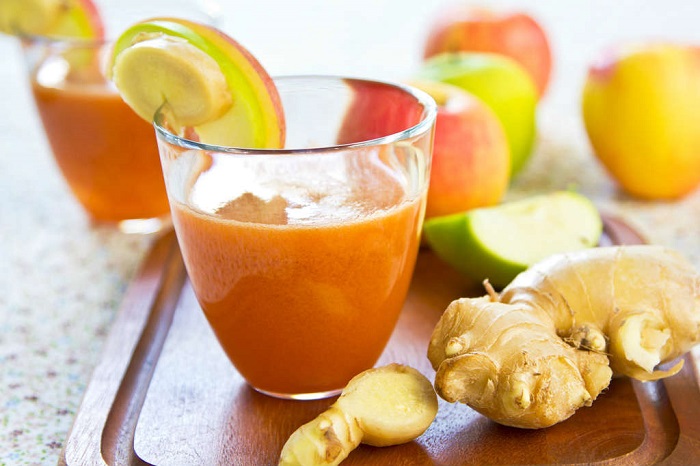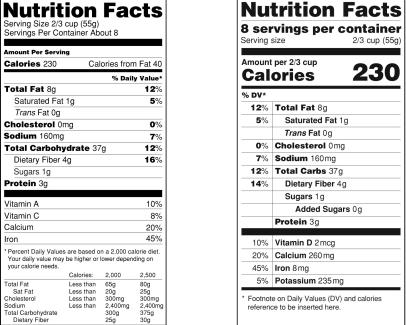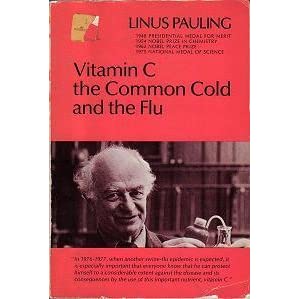
Many people have misconceptions about food. However, most of these myths are false. Registered dietitians have shared the most popular myths and facts about food in this article. Find out the truth about what foods you eat. These are common myths, facts, and misconceptions about food. Follow these guidelines to eat well and feel great. There is no one "right" way to eat.
First, sugary foods are believed to make you fat. You have likely heard eight glasses of water per day is good for your health. These are good suggestions but they don't necessarily mean that you should drink eight glasses of water daily. To be healthy, you must eat plenty of fruits and vegetables. Also, you should limit your intake processed foods. These are low-in vitamins, minerals and fiber. Your cravings don't mean that you have to give up on your favourite sweet treat.
Food myths also exist about alcoholic drinks. While some of these myths may be rooted in the commercial interests lobbies of industry, they don't necessarily hold true. You can reduce the amount of refined carbohydrates you consume, but it will not improve your overall health. Whole grains and other vegetables are still important. White potatoes are a different story. White potatoes are good for your health! They are high in potassium as well as fiber, which can reduce the risk of getting heart disease.
Despite widespread concern about food insecurity there are still many misconceptions. According to FeedingAmerica, the largest domestic hunger relief organization, 42 million people could face food insecurity in this year. This includes 13,000,000 children. There are many myths around food. As a result, you should be aware of the facts about this situation. Houston Food Bank can help you tackle food insecurity. You'll learn about the real issues and help alleviate food insecurity.
Many people believe that they need to drink eight glasses of water per day. This is false. There is not enough water in the body to compensate for the dehydration caused by drinking more than 8 glasses of liquid daily. Instead, they need to drink eight glasses of water to get the recommended amount of water. This is a dangerous myth, as water is a natural source for essential nutrients. Also, a person should consume two liters per day of fluids.

Another myth surrounding food is excess fats. Although there are myths about excess fats' negative effects, it is important to eat more fruits and veggies as part of a healthy diet. These foods have higher water content than other kinds of food, so it is important that you eat them regularly. A balanced diet can help you achieve a healthy lifestyle. It is important to eat more fruits, vegetables, as well as avoiding high-fat and cholesterol-laden fats.
Secondary school teachers are also of the opinion that eating too much food can be bad for your health. This is simply false. It has been proven that eating just one to two servings of fruits or vegetables per day can be beneficial for our health. Regular consumption of vegetables and fruits has many health benefits. Fresh fruit and vegetables are an excellent source for vitamin A. People believe that purple potatoes have more nutrients than normal potatoes. In fact, activated charcoal is not a superfood.
Another myth is that eating an Apple a Day will prevent you getting cancer. Although this sounds like a great idea, it's not true. There are many other vegetables and fruits that have significant amounts of antioxidants. These compounds are well-known to support heart health. It is possible to consume one glass of red grape wine per day without affecting your health. It can actually help your overall wellbeing.

This myth is not supported by scientific evidence. However, it's important to remember that fiber can cause GI issues such as gas and bloating. Fiber is safe and healthy. However, it can cause GI issues like gas and bloating. Start small and increase your fiber intake gradually. While it may be true that eating five meals a day will help your weight, eating three or four times a day is more healthy and will keep you fuller longer.
FAQ
How to Become a Chef?
There are many avenues to become a professional chef. You can begin by taking a course at a community college or vocational school. You can then look into going to culinary school. A paid internship is another option.
What skills will I need to be able to go to culinary school?
You must have the ability to cook well and work under pressure. To learn how to cook, you should take cooking classes at your local high school or community college. Once you have learned the basics of cooking, it is time to look for work at a restaurant.
How can leftovers be stored in the most efficient way?
Tupperware containers are a good choice for leftovers. These containers keep food fresh and prevent odors forming. They also keep foods warm longer. Frozen leftovers can be kept in freezer bags. When freezing food, place the bag inside another freezer bag so that air doesn't escape. Once food has been frozen properly, seal it with a ziplock bag.
What does a culinary program cost?
The costs of culinary school can vary depending on where and how long it takes. The average tuition cost is $10,000-$30,000 annually. Most students graduate with approximately $20,000 in debt. There are programs that offer work-study and scholarships.
Can you be a self-taught cook?
Self-taught cooking is possible! No matter how much you know, cooking is something that everyone enjoys. You can learn to cook by starting at home. Start small with things like making pancakes or spaghetti sauce for your dinner. You can learn the most by trying new recipes and making mistakes. You might make a few errors along the way.
Cooking can take anywhere from a few hours to several months depending on the skill level. Remember that cooking is not about following recipes. There are so many ways to prepare food.
Are there any ingredients I can buy to cook?
You don't necessarily need to buy any ingredients. Many grocery stores have premade sauces and other products that you can substitute for. However, you can save money by buying pre-made meals.
Statistics
External Links
How To
How to cook with an Instant Pot
Instant pots are one of the most loved kitchen appliances. It's simple to use, extremely versatile, and very affordable. Instant pot makes it easy to prepare delicious meals from scratch in just minutes.
First, let me give you some background information about the instant pot. An instant pot is a pressure cooker that cooks food quickly using steam. This is because there's no need to add oil or butter. Simply add water to the pot and stir. Then press the button and walk away. You can then open the lid and enjoy your food after cooking. That's it! It's that simple!
Let's get started now that we understand what an instant pot looks like. First thing first, go ahead and download the app. It's free and easy to use. You simply need to choose your recipe, set the timer (you have options for 30 minutes and 1 hour), then select the desired temperature, before you start cooking. Your meal is ready once the timer goes off. For step-by–step instructions, see the video below.
After you're finished eating, be sure to clean it up. A special dishwasher-safe liner inside the instant pot makes cleaning easy. It's easy to clean an instant pot by simply washing it, removing the liner and throwing it in the wash machine. Amazon is an excellent place to find instant pots. They come in a range of sizes and shapes. You should check them out.
The instant pot, in conclusion, is a fantastic appliance that takes all the stress out of cooking. It not only saves time, but also saves money. These healthy recipes can be enjoyed without the need to spend hours in a kitchen. Enjoy!